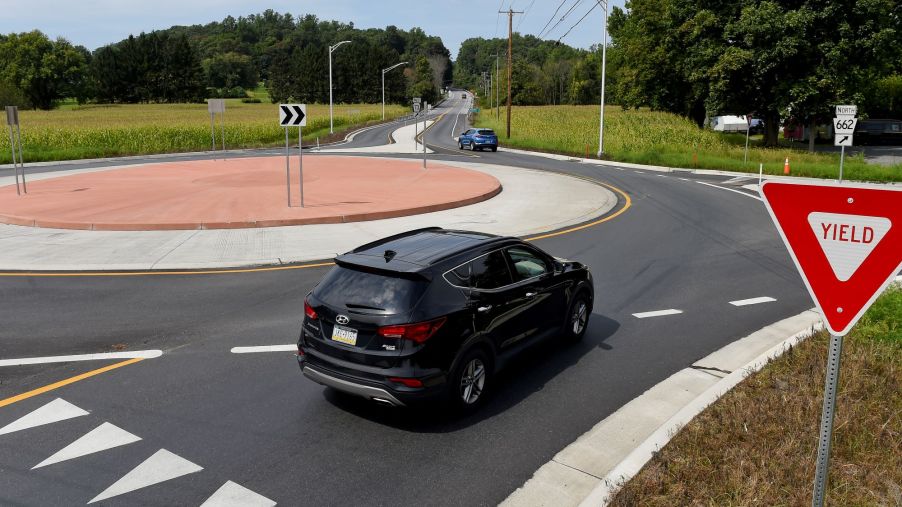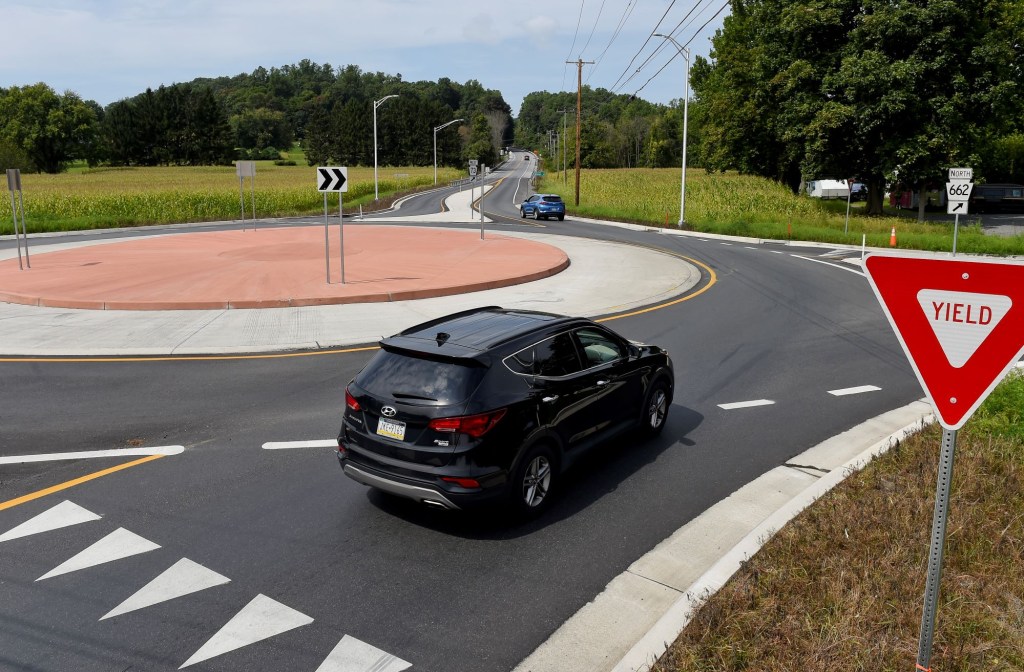
Roundabouts Are Good, Don’t Hate Them, Embrace Them
A roundabout is a circular intersection where cars can merge into traffic and follow it around until their exit. Many people have a love/hate relationship with these intersections. In terms of car safety, they’re much more reliable than most would think, in addition to being effective, economical, and efficient. However, if you aren’t familiar with them, they can seem like a dangerous way to approach an intersection, especially when you don’t have to stop. So, let’s see why, despite drivers’ concerns, roundabouts are statistically safer than stop signs or signals. Here are a few reasons why more places in the U.S. should consider adopting roundabouts.
How to use a roundabout

To properly use a roundabout, there are a few key things to remember. Yield to other drivers, stay in your lane, do not stop within the roundabout, and avoid driving next to oversize vehicles. As you approach, slow down and yield first to pedestrians. Then, continue to enter and yield to drivers that are currently within the roundabout. When there is a gap in the traffic, enter and proceed to your desired exit. Continue watching for pedestrians and signal as you exit. Additionally, above all else, make sure to stay in your lane.
Roundabouts are just safer
According to the Washington State Department of Transportation, roundabouts reduce accidents by 75%, which is a huge improvement since car crashes are one of the leading causes of death in the U.S. If roundabouts could be incorporated more in the U.S., car crash injuries would improve overall.
The biggest problem would be the transition period. Most drivers in the U.S. are used to stop signs or traffic lights. Roundabouts would definitely be a new way of driving, but once fully adopted, the benefits would be worth the initial transition and pushback that is expected.
They are becoming more popular in the U.S.
According to Kittelson & Associates, several places in the U.S. have adopted roundabouts in exchange for lights and stop signs at intersections. The reception has been relatively warm because people can see the benefits, including safety, less congestion, and drivers are forced to slow down, which also reduces the risk for head-on collisions.
Another benefit is the long-term maintenance costs compared to traffic lights. Traffic light maintenance can be upwards of $5,000 to $10,000 yearly. Roundabouts have very little maintenance and can last as long as 25 years.
Where are roundabouts being adopted in the U.S?
As of 2019, there are about 7,000 roundabouts across the country. The greatest concentration appears on the eastern seaboard, the state of California, and densely populated areas in the north. Florida currently has the highest concentration of any state. However, many of the roundabouts in Florida have stop signs at the entrance, which is not how they are generally set up.
One theory is that roundabouts have flourished in the U.K. because they tap into the British values of cooperation and compromise. In contrast, the U.S. is a more aggressive and confrontational atmosphere. Perhaps this is one reason many states are hesitant to adopt roundabouts. Novel ideas generally do better in states that are more open to trying new things. Perhaps when some statistics are gathered about the safety of roundabouts, there will be some national legislation adopted that would encourage states to use them as an alternative to intersections with stop signs and traffic lights.
Love them or hate them, roundabouts are a safe and more economical alternative to stop signs and traffic lights. They are becoming increasingly popular as an alternative to dangerous intersections and have started to gain momentum in the U.S. One of the main barriers is that people aren’t sure how to use them. With a little advocacy on state and local governments, roundabouts may become the new standard nationwide.


